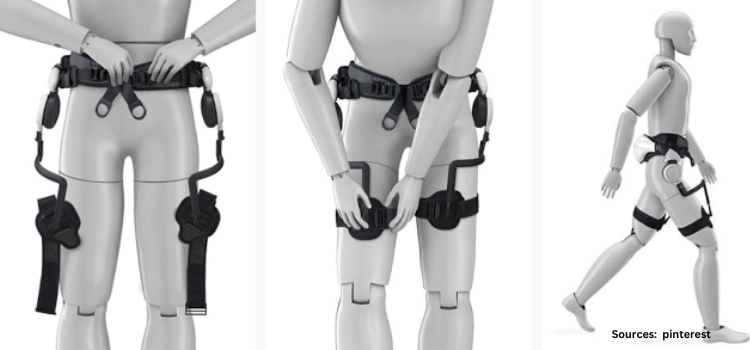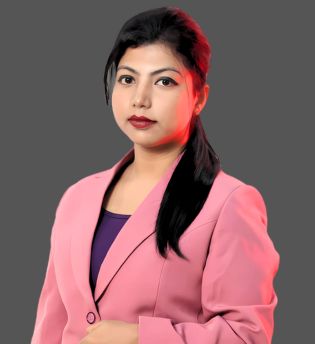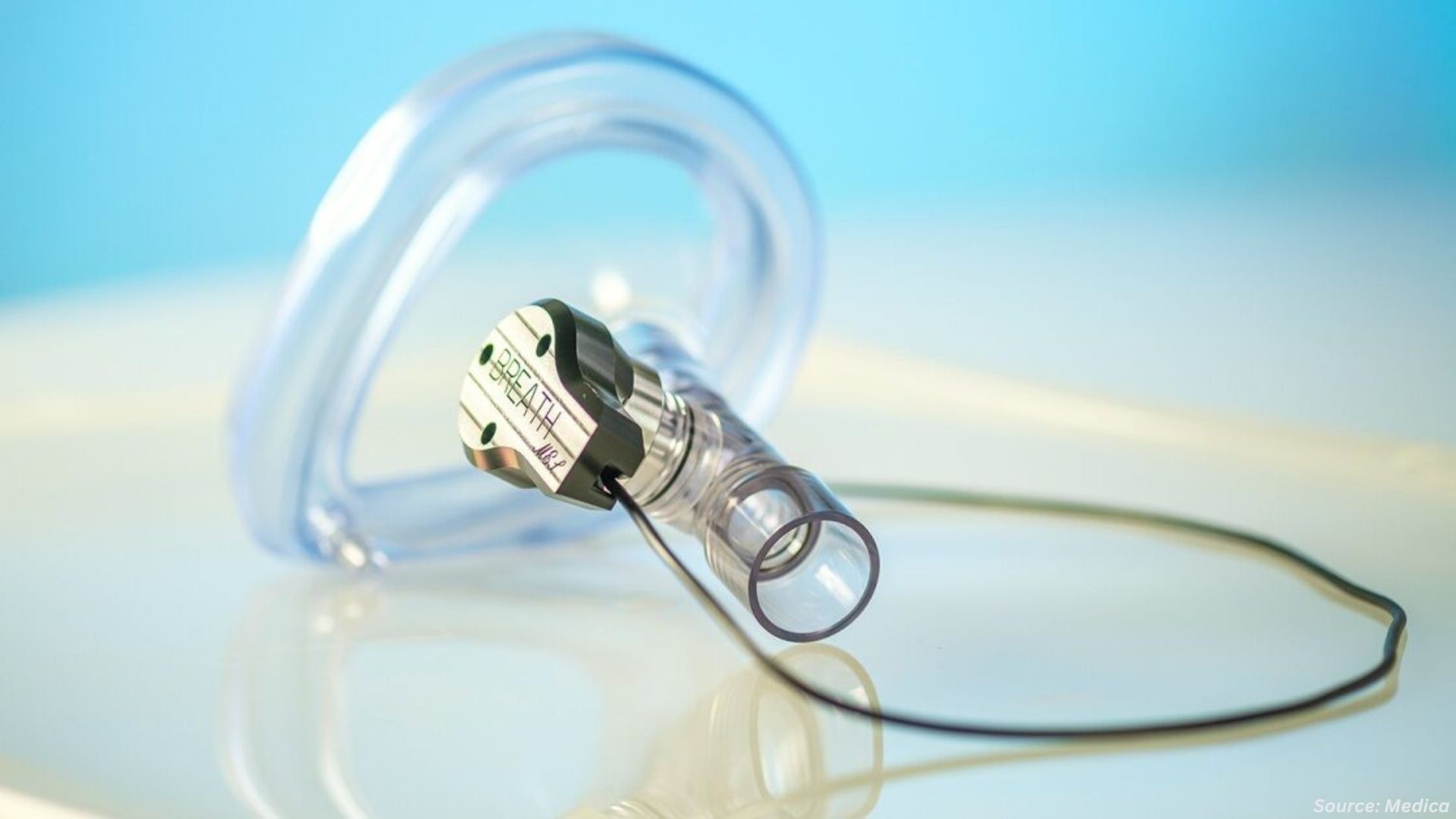Smart Assistive Devices: Enhancing Lives with Tech
Published: 2025-09-15

Assistive device includes assistive, adaptive devices, equipment, gadgets, or systems specially designed for persons with disabilities and other old individuals to enable them to perform tasks. The objective of such devices is to ensure independence for such individuals and improve the quality of their lives. Approximately 1.3 billion people experience significant disability. Which represents 16% of the total world’s population (or 1 in 6 of us), as indicated by the World Health Organization. Based on the statistics released by WHO and Hopkins Medicine, 1.6 billion people experience hearing loss, with 430 million requiring access to care. The projected number is expected to reach 2.5 billion by 2050, and at least 700 million people will have disabling hearing loss.
Assistive device involves a wide range of tools, technologies and software applications personalized to help individuals with physical, sensory, cognitive or developmental challenges. It aims to overcome obstacles and facilitate greater participation and inclusion across various facets of life. With the rapid rise in the global population, the elderly demographic is also expanding significantly. This presents a substantial opportunity for the assistive device manufacturers. As per the most recent data presented by Visual Capitalist in 2022, the global population of individuals aged 65 and above stood at 771 million that constitutes 10% of the world's populace. Projections indicate an anticipated increase to 16% by 2050 and a substantial rise to 24% by the year 2100.
Advancements Revolutionizing the Assistive Device Industry
These emerging assistive device advances are improving independence and at the same time, quality of life for persons with disabilities and older people. Some of the prominent innovations includes:
Internet of Things (IoT): IoT devices facilitate the interconnection and communication of diverse assistive tools, establishing a network that can be managed and supervised from a distance. This includes intelligent home setups, mobility aids, artificial vision systems, interactive sign language, home automation, and linked insoles. Through IoT, the lives of individuals with disabilities are undergoing transformative changes, enabling them to attain their objectives and dismantle societal impediments.
For example, Abode Systems launched Do-It-Yourself (DIY) home security system with the integration of Google Nest products on its platform. The Abode users can control their Nest devices—thermostats, cameras, and doorbells—right through the Abode app. This level of integration with Google Nest further improves the already deep capabilities of the Abode platform for those with disabilities and older people. This integration makes home control less challenging for the disabled and elderly, thus enabling them to use voice commands or gestures for smooth operation.
Wearable Devices: Wearable devices such as smartwatches, health and fitness monitors, and medical alert systems are evolving with customization to the requirements of a disabled and older adult. Wearables include a series of functionalities that this demographic group finds more than valuable: vital sign monitoring, physical activity tracking, medication reminders, fall detection, securing quick help, and take-charge healthcare management.
For example, this has recently been seen in the release of the MGMove smartwatch from primary medical alert systems provider Medical Guardian, developed for users with disabilities and older adults. This attractive, user-friendly watch offers a safe way to stay connected.
Robotics: Assistive device holds great promise in robotics. New robotic devices, including exoskeletons helps people with mobility issues walk and perform physical activities independently. Robot companions and social robots provide emotional support, including supporting someone in daily activities and loneliness, shared among the old.
As an example, ReWalk, a leader in exoskeleton development for people with neurological conditions, recently reached a crucial milestone with its next-generation design. The new prototype will sense the change in terrain through artificial intelligence and advanced sensors, thus setting a path for such "smart exoskeletons" to be much safer and easier to use. All this is ideally in line with the ReWalk mission of making exoskeletons more attainable.
Augmented Reality (AR) & Virtual Reality (VR): Augmented Reality (AR) and Virtual Reality (VR) shows huge potential for transforming assistive devices. As these devices are increasingly used to improve accessibility, rehabilitation, and quality of life for persons with disabilities. It is also beneficial applications for visually impaired individuals.
About 50% of the American adult population believe that nothing could be worse in their lives than to lose their vision. As per the National Center for Biotechnology Information (NCBI) and the American Foundation for the Blind (AFB), there are over 23 million adults in the U.S. experience some kind of difficulty in their vision, even though they use correction such as glasses or contact lenses.
Well-known companies operating in this domain including IrisVision and Acesight offers personalized products to people with vision impairments. For example, the IrisVision electronic glasses are equipped with assistive technology of the highest class and have registration from the U.S. Food and Drug Administration as a Class-1 medical device.
These glasses redefine the dynamics of wearable low-vision aids by integrating a Samsung VR headset with a smartphone. IrisVision is designed to help people managing conditions that affect a wide swath of macular degeneration, including diabetic retinopathy, glaucoma, cataracts, and retinitis pigmentosa.
Additionally, London-based startup GiveVision recently launched a virtual reality headset that assists visually impaired individuals reach normal eyesight. The wearable device called SightPlus which has received clinical validation and can focus users’ vision on both close-up and distant objects. SightPlus allows people with low vision to regain their sight back as well as carry on reading, working and living independently.
Finally, Zoomax introduced its latest offering Acesight that acts as a kind of augmented reality wearable for the visually impaired having the characteristic of high-definition screen floating in front of the user’s eyes. This device is a powerful magnifier that was developed particularly to aid those affected by different sight-degrading conditions such as macular degeneration, cataracts and diabetic retinopathy.
Conclusion
Assistive device is experiencing a great change by presenting imaginative solutions that boost autonomy and overall wellness, in the lives of persons with disabilities and elderly people. The increasing number of individuals living with different forms of disabilities and increase in aging population are some of the reasons why assistive device is on demand. As far as IoT, wearables, robots, ARs and VRs are concerned; these have made significant contributions to bringing about improvement in terms of accessibility, mobility and support provided for persons with disabilities or the aged.
These devices are transforming task execution, promoting social inclusion and improving their life quality generally. In essence, there lies a potential for this field to play a crucial role in fostering inclusivity hence making an all-inclusive society that is poised to be more accessible to everyone as it undergoes further growth as well as development.
About the Author
 Shyam Gupta is a passionate and highly enthusiastic researcher with more than four years of experience. He assists clients in overcoming difficult business challenges by providing actionable insights through exhaustive research. He has closely monitored several industries, such as ICT & Media, Robotics, and Electric Vehicles. He has a keen interest in writing articles and uses blogs as a medium to share his thoughts. He spends his time reading and painting when not keeping up with industry news.
Shyam Gupta is a passionate and highly enthusiastic researcher with more than four years of experience. He assists clients in overcoming difficult business challenges by providing actionable insights through exhaustive research. He has closely monitored several industries, such as ICT & Media, Robotics, and Electric Vehicles. He has a keen interest in writing articles and uses blogs as a medium to share his thoughts. He spends his time reading and painting when not keeping up with industry news.
About the Reviewer
 Debashree Dey is a skilled Content Writer, PR Specialist, and Assistant Manager with strong expertise in Digital Marketing. She specializes in crafting visibility strategies and delivering impactful, data-driven campaigns. Passionate about creating engaging, audience-focused content, she helps brands strengthen their online presence. Beyond work, she draws inspiration from creative projects and design pursuits.
Debashree Dey is a skilled Content Writer, PR Specialist, and Assistant Manager with strong expertise in Digital Marketing. She specializes in crafting visibility strategies and delivering impactful, data-driven campaigns. Passionate about creating engaging, audience-focused content, she helps brands strengthen their online presence. Beyond work, she draws inspiration from creative projects and design pursuits.
















Add Comment